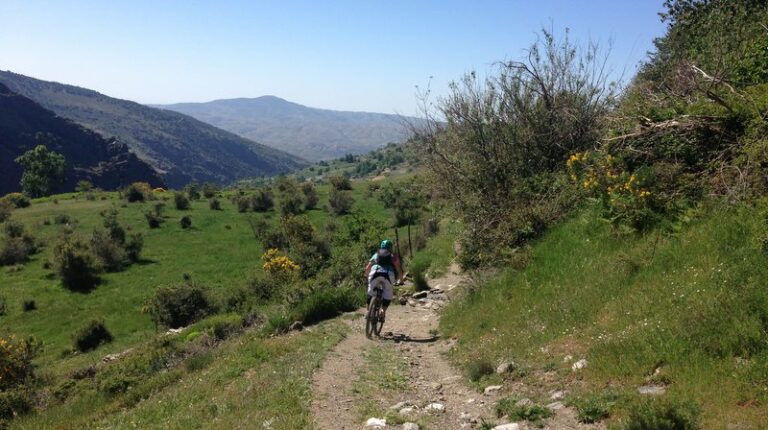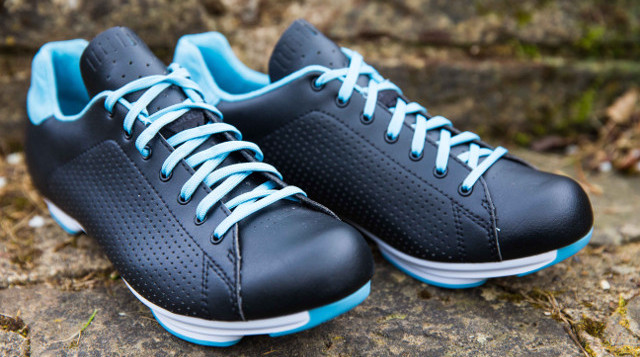-
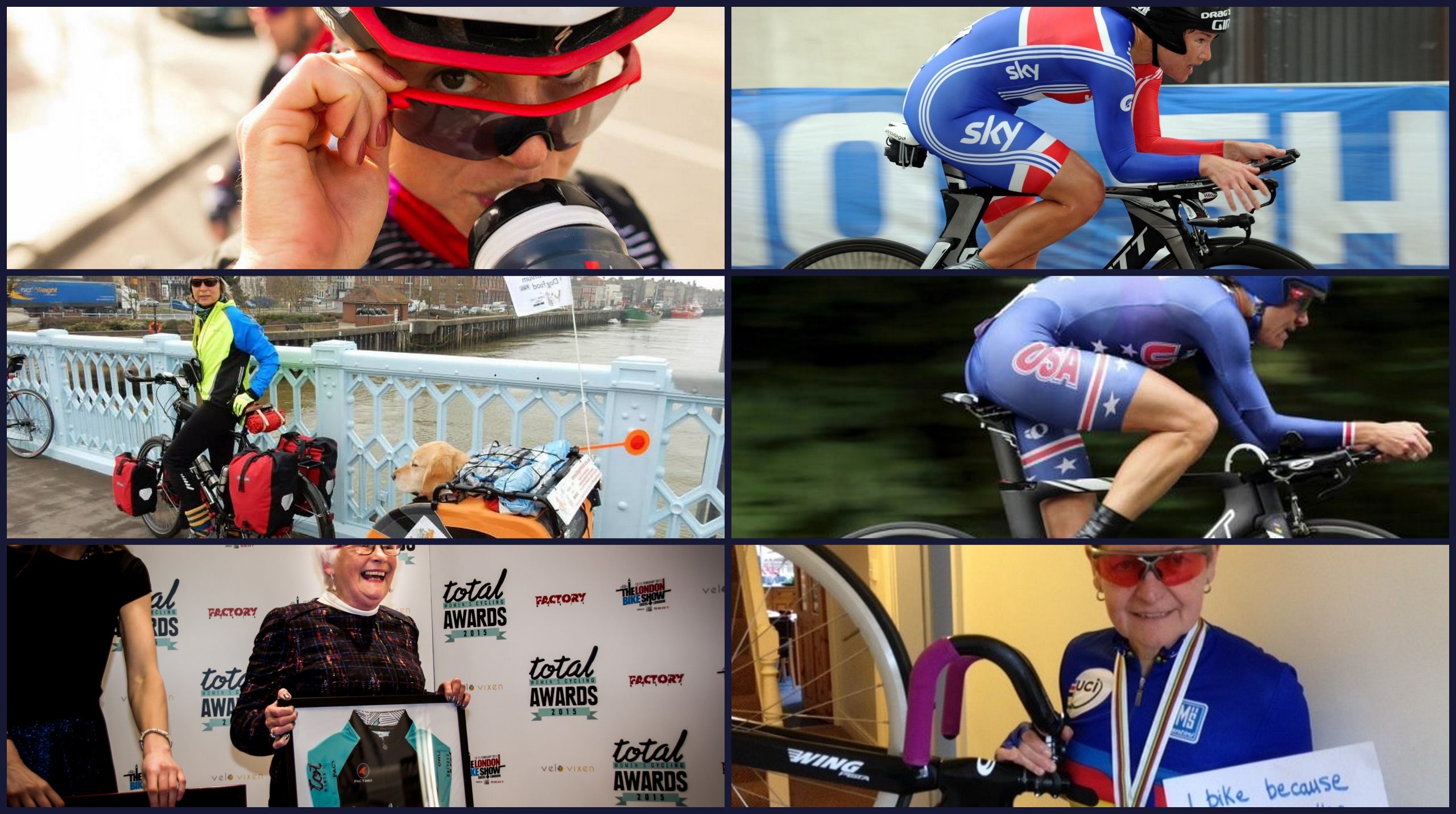
-
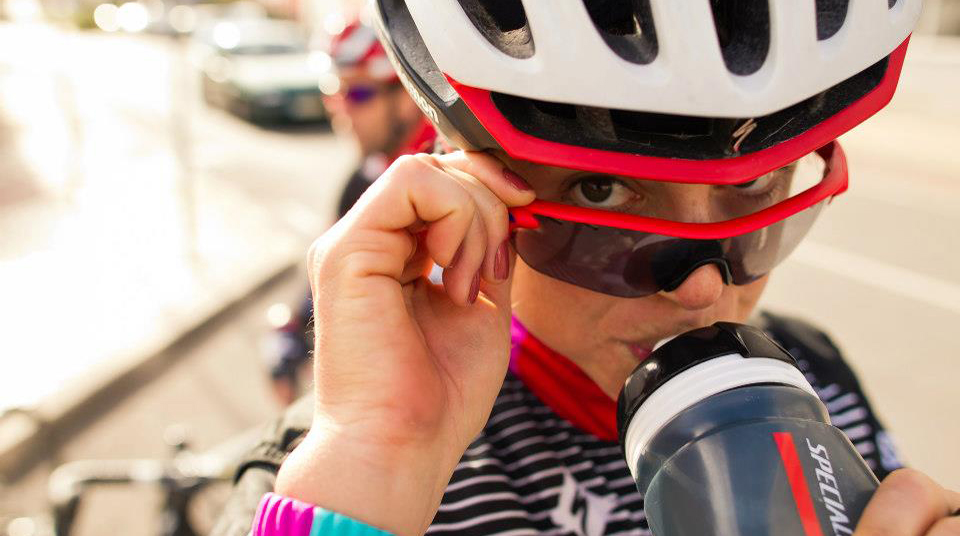
The princess and the pea - Evelyn Stevens
-
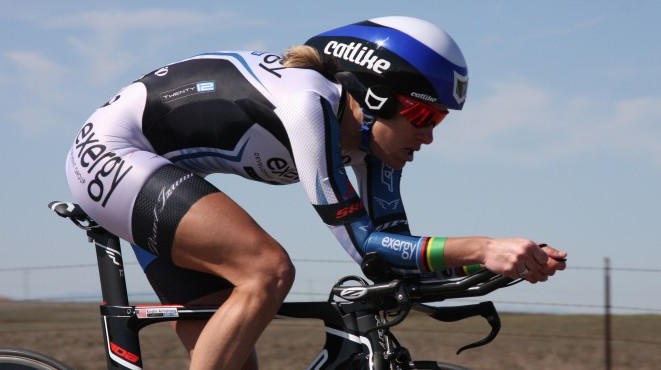
-
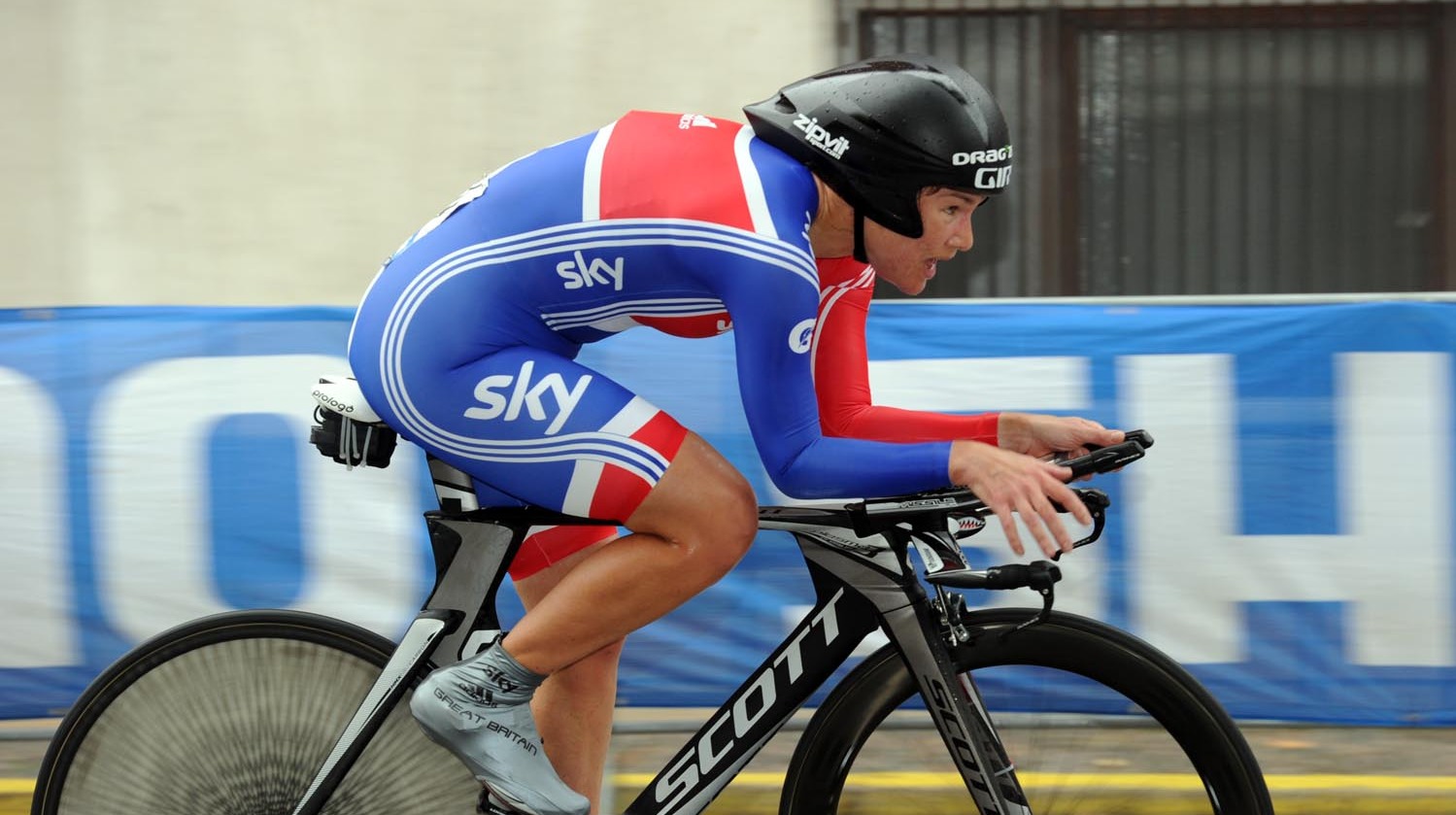
-
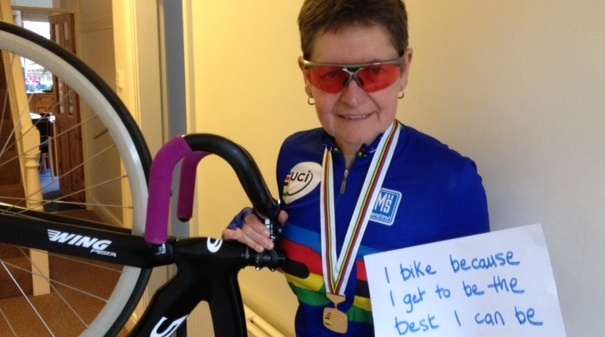
-

-
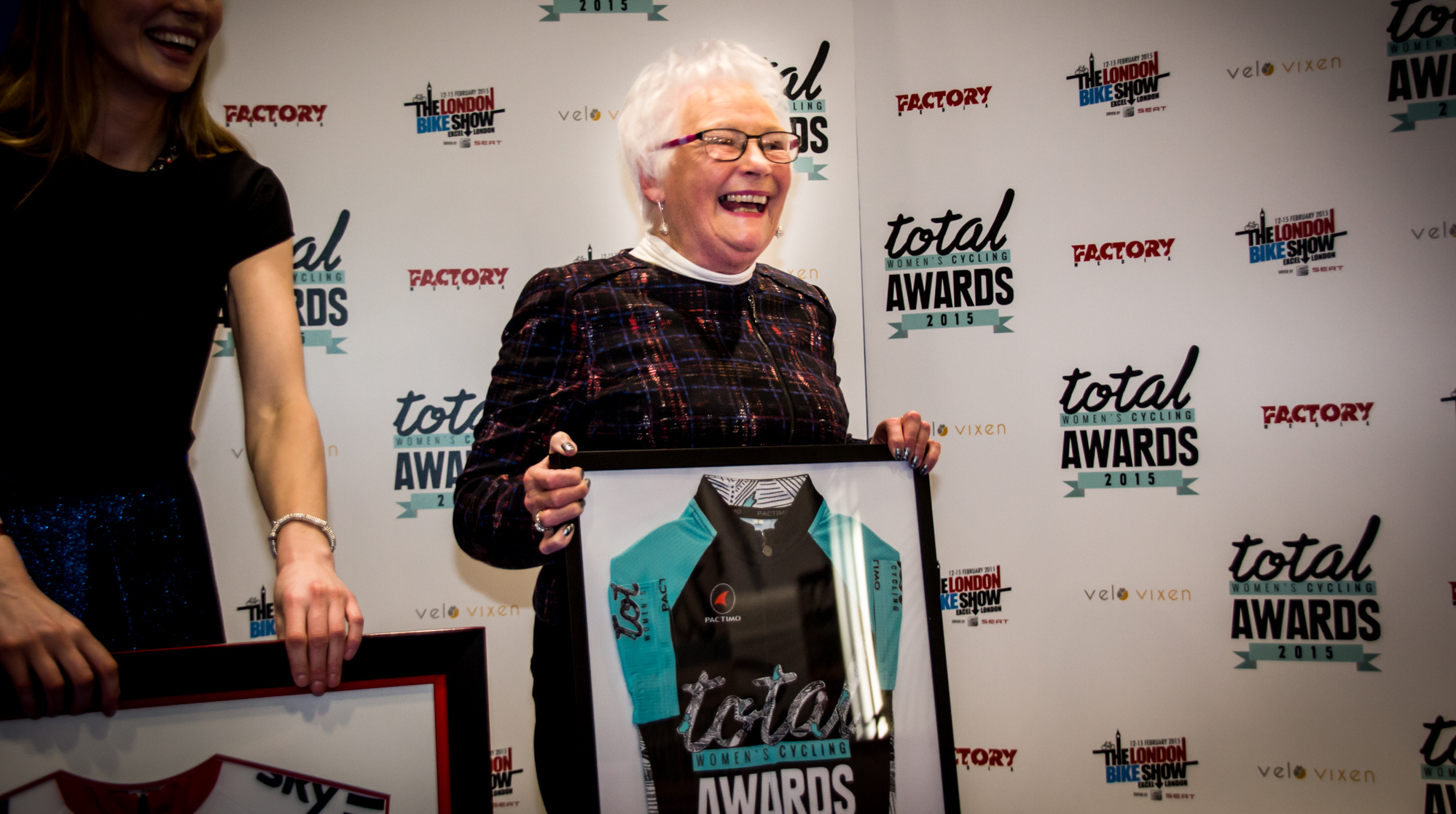
-
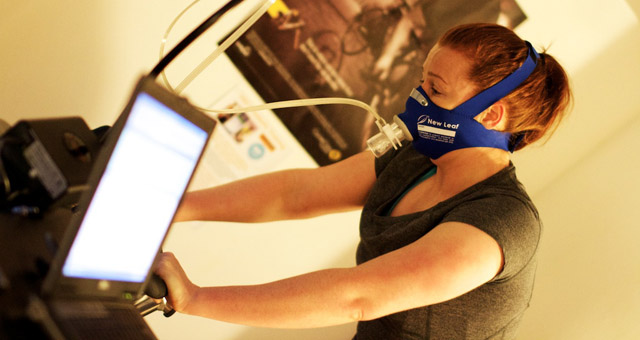
Vo2 max is most affected by ageing
Have you ever lusted after medals, or longed to complete amazing journeys, but thought you came to cycling too late in life to achieve great things?
Think again. Cycling in an endurance sport – many athletes peak in their mid 30s, and they can still be producing phenomenal efforts long after reaching middle age.
We’ve shared stories of some of the women who came to cycling later in life – from those who picked it up in their 20s and 30s to become pros, to those who are completing amazing challenges in their 60s and 70s. It’s never too late!


